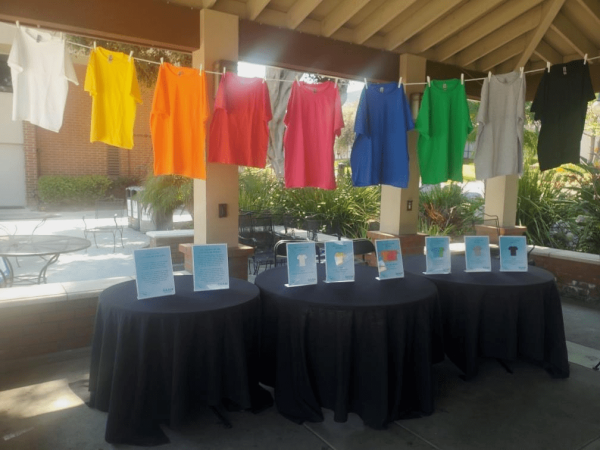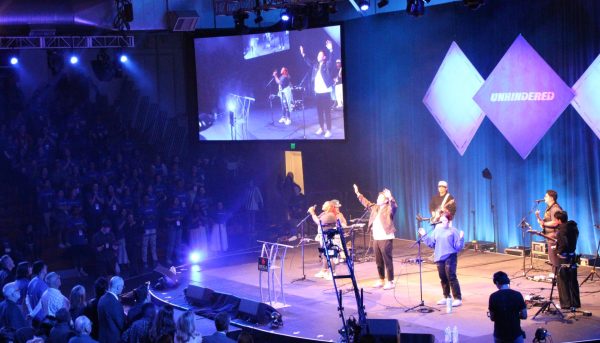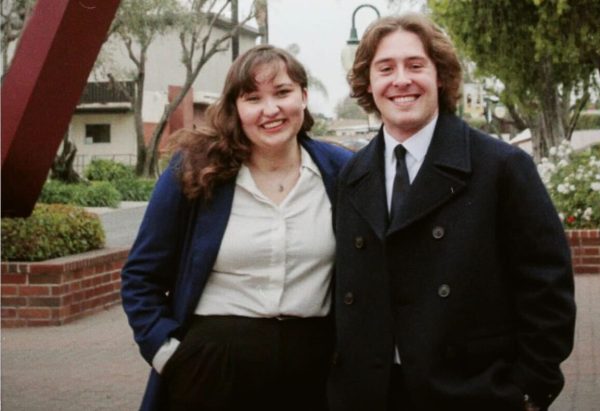Many Biolan families qualify for new tax credit
Changes in federal law make most families that qualify for financial aid eligible for up to $2,500 in temporary tax credit.
September 28, 2009
Recent changes in federal law make nearly three-fourths of families currently receiving financial aid potentially eligible for up to $2,500 in temporary tax credit this year, according to Biola financial aid records.
Of the 3,230 undergrads receiving financial aid this semester, more than 2,300 are dependents of parents who together make less than $180,000 in adjusted gross income. Thus, those families likely qualify for new American Opportunity Tax Credit, which has a maximum threshold of $180,000 in modified adjusted gross income for spouses who file jointly.
“The credit is very good news,” said Philip Woodward, associate professor of accounting in the Crowell School of Business. “It is exciting because the new law increases the amount [of qualified income] and allows juniors and seniors to take advantage of the credit. This effectively reduces the cost of college to many parents.”
As part of American Recovery and Reinvestment Act, the American Opportunity Tax Credit is only available for 2009 and 2010. It broadens and replaces the Hope college credit of 2008, offering a nod to upper-middle class families that weren’t previously included. Furthermore, it is available for the first four years of education after high school, whereas the Hope credit covered just the first two years.
Also, the new credit is also partially refundable, Forbes.com reported. In other words, a family that doesn’t earn enough to pay income taxes will receive $1,000 back.
As reports of dire economic straits continue, the American Opportunity Tax Credit may be a welcomed relief for both students and parents. In early September, The New York Times reported that teenage unemployment had reached 25.5 percent in the United States — the highest point ever since the government started keeping such statistics in 1948.
Two weeks later, the Los Angeles Times reported that California unemployment in August was at a “fresh postwar high” of 12.2 percent, and nationwide unemployment has remained steadily between nine and 10 percent for four months.
Higher education has also been deeply affected by the recession, as indicated by protests against rising education fees and budget cuts last week on University of California campuses.
“It is our hope that the majority of our students and parents who are eligible take advantage of this tax credit,” said Sandie Weaver, senior director of financial planning and operations at Biola.
“Since the enactment of the original tax credit in 1997, Biola has encouraged parents and students to check the IRS regulations, along with the Biola-provided 1098T form to determine eligibility,” she said.
Tax credits are discussed during parent orientation each fall, Weaver said. Her office makes the proper tax forms available by Jan. 31 of each year, mailing them to students and posting them on Biola’s accounting Web site.
The American Opportunity Tax Credit covers 100 percent of the first $2,000 in certain education expenses, like tuition, fees, books, and 25 percent of the next $2,000 spent. Room and board expenses do not qualify.
Married couples earning up to $160,000 (or $80,000 for single parents) in modified adjusted gross income are eligible for the full $2,500 credit. Joint filers earning up to $180,000 ($90,000 for singles) in modified adjusted gross income are eligible for partial credit.
Modified adjusted gross income is adjusted gross income, plus “some relatively rare sources of tax-free income, such as income earned overseas,” the LA Times reported. “For most people, ‘modified adjusted gross’ is simply adjusted gross income.”
If a student is not listed as a dependent, he or she may claim the tax credit.
“It’s a great way to help pay the cost of education,” Weaver said.
With two children in post-secondary education, Woodward said he personally planned to take advantage of the tax credit.






